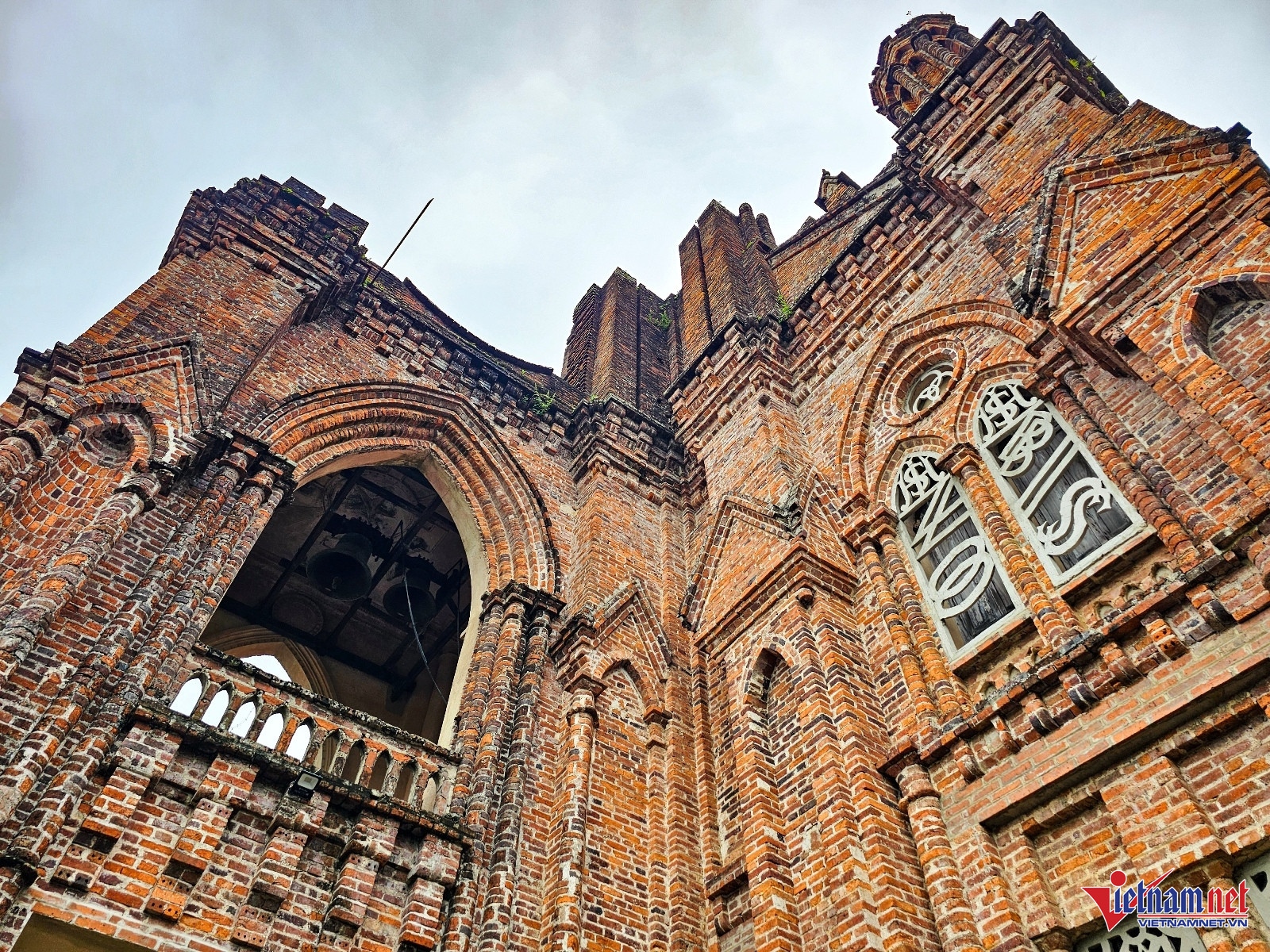With its serene, mysterious, and solemn ambiance, the Chau Son Monastery of Our Lady is often likened to a European castle nestled in the heart of Ninh Binh. Its Gothic architecture and unplastered red brick walls exude a timeless charm that has captivated countless visitors.
Also known as Chau Son Monastery or the "Red Brick Church," the site is located in Phu Son commune, Ninh Binh province. Construction began in 1936, and it remains a contemplative monastery under the Cistercian order.
The monastery spans nearly 10 hectares and features various landmarks, including the main church, monastic quarters, the Fatima Prayer Garden, an ancient well, and several landscaped areas. Among these, the church stands out as the most striking structure.
Construction of the monastery’s church began in February 1939, with its façade facing east toward the sunrise. Remarkably, it was designed by Father Placido Truong Minh Trach, a Cistercian priest with no formal training in architecture. He independently researched and developed the plans and played a pivotal role in building and expanding the monastery.
The church follows a Western Gothic architectural style. It measures 64 meters long, 20 meters wide, and 21 meters high, with outer walls 0.6 meters thick and supporting columns up to 1.2 meters thick. Built entirely by hand using red bricks and without reinforced concrete or plaster, the structure's exposed masonry contributes to its antique, castle-like appearance.
The monastery’s monks themselves participated in the construction, manually splitting stones, burning lime, and molding bricks. Their collective labor and prayers laid the foundation for this sacred site.
A bell tower was originally planned to rise 60 meters above the church. However, it remains unfinished. During the 1945 famine, the funds earmarked for the tower were instead used to support struggling local families. Thanks to the monastery’s help, many lives were saved.
Though architecturally incomplete, the bell tower represents spiritual wholeness. It stands today as a symbol of selflessness and compassion, reflecting the phrase: “Incompleteness brings divine fullness.”
To the right of the church is the Fatima Garden, where a statue of Our Lady of Fatima has stood for over 60 years. In 2011, marking 50 years since the statue’s installation, the monastery built the garden in honor of the Virgin Mary.
At the statue’s base is a large water jar, representing Mary’s boundless love and symbolizing the full wine jars often seen during celebratory masses.
A nearby heart-shaped garden includes 54 circular symbols representing Vietnam’s 54 ethnic groups. Embedded in the ground are 100 stone eggs, referencing the legend of the 100 eggs from which 100 children were born - a myth symbolizing the origin of the Vietnamese people.
Chau Son Monastery now welcomes large numbers of visitors, both local and international. Many liken it to a miniature European castle set in Vietnam’s northern countryside.
The monastery operates with set visiting hours: Monday to Saturday from 8:00 to 10:30 a.m. and 2:30 to 4:30 p.m., and Sundays from 8:00 to 10:00 a.m. and 3:30 to 4:30 p.m. During Lent (40 days before Easter), the site is closed to visitors for religious observance.
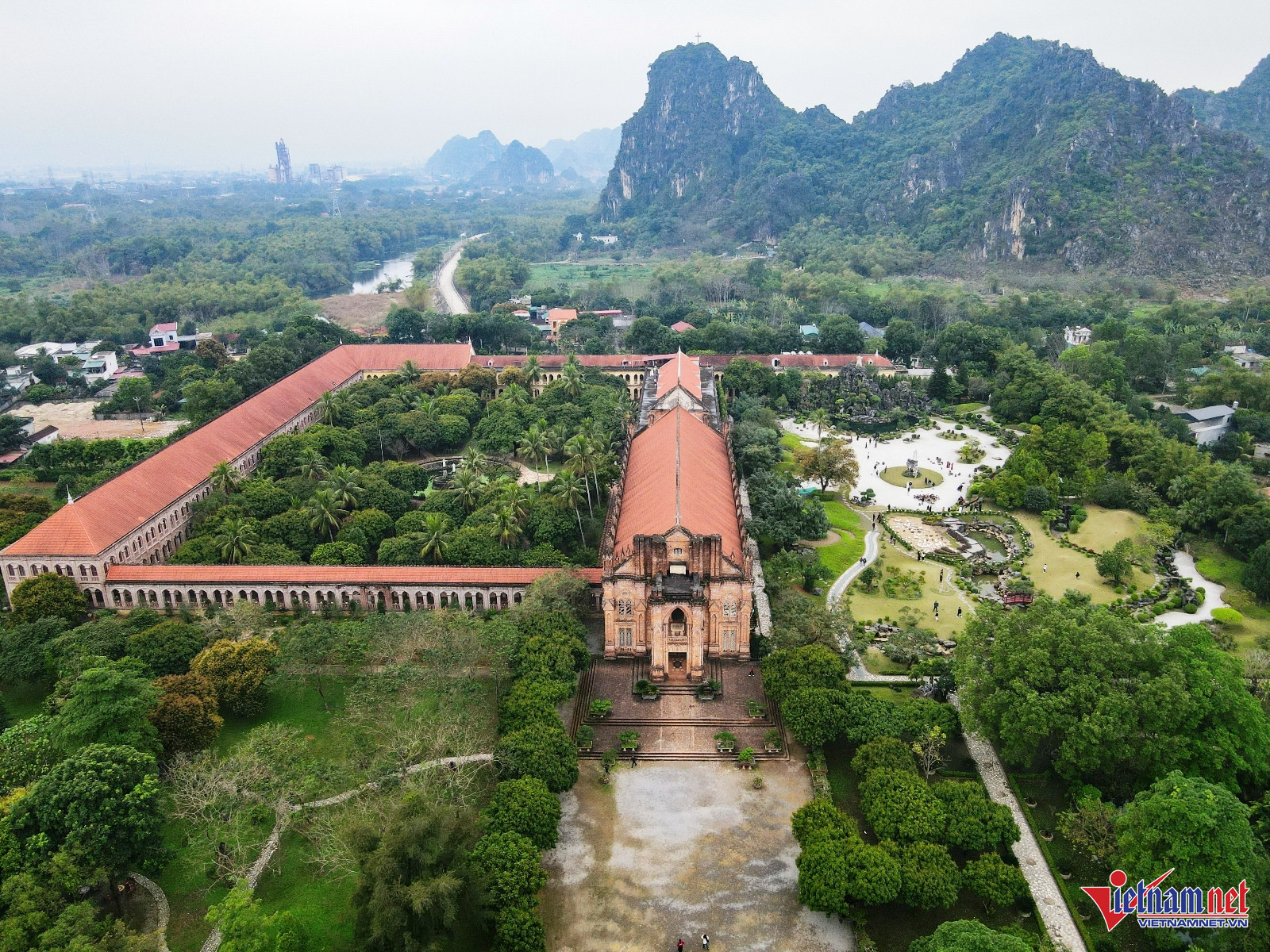
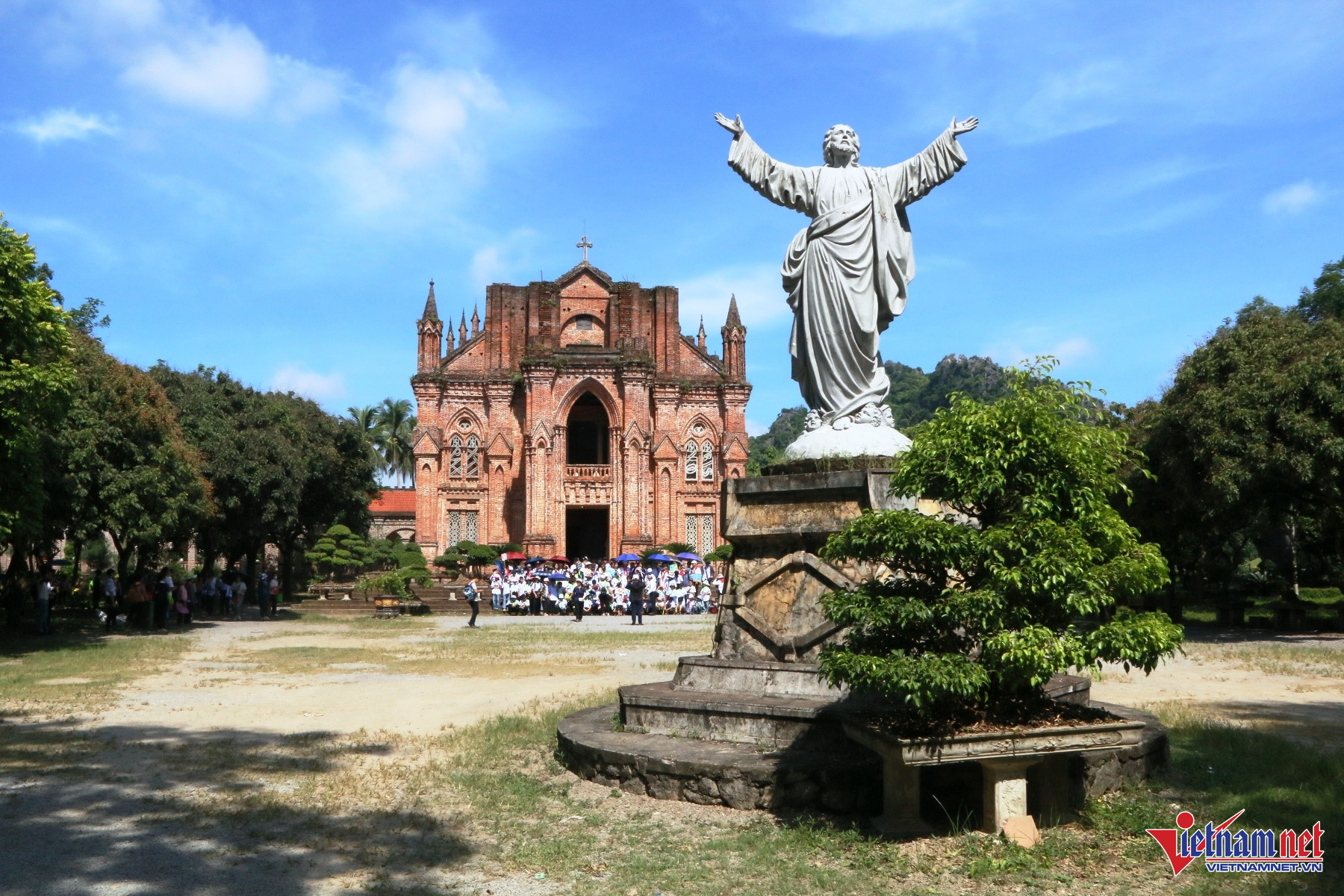
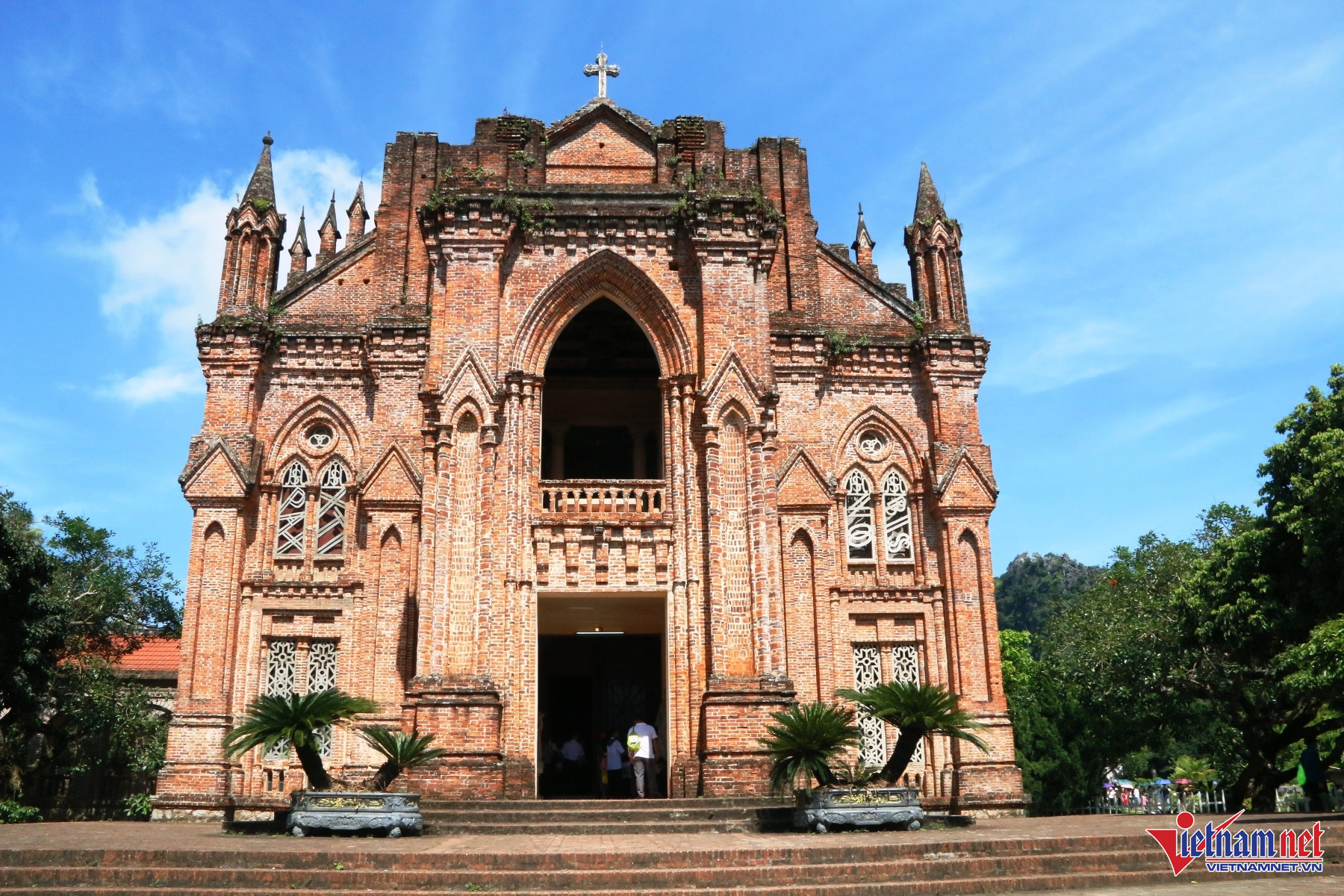
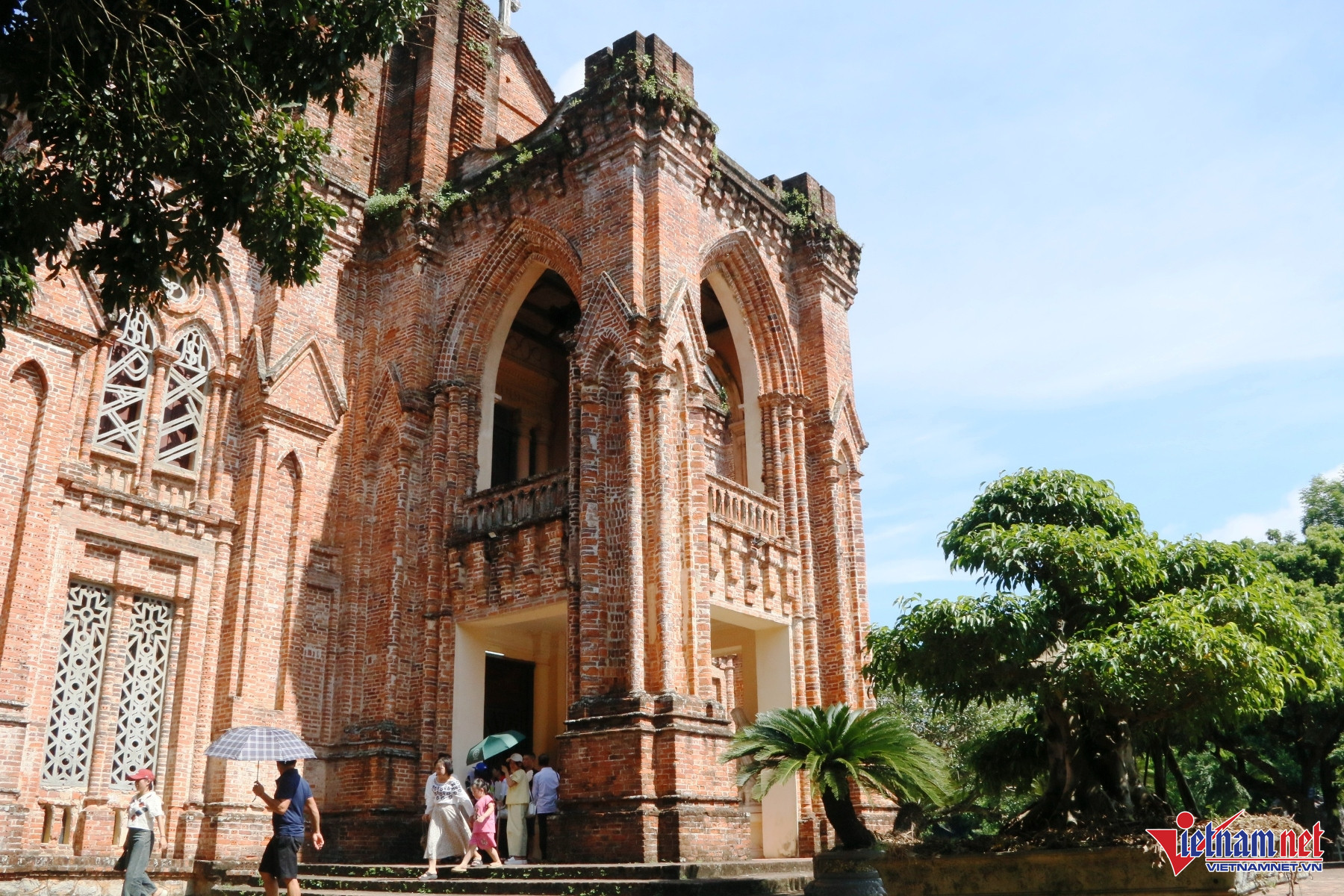
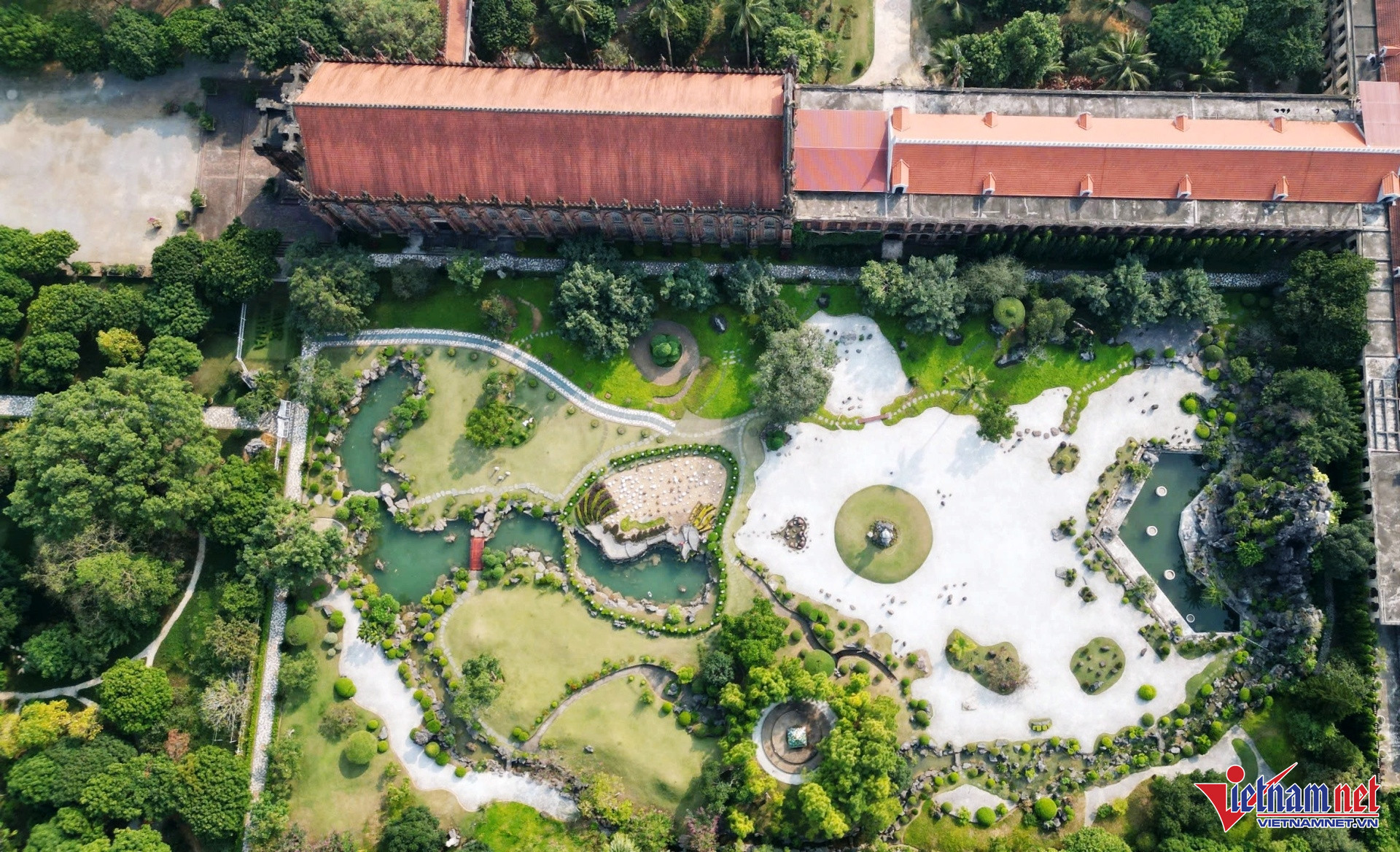
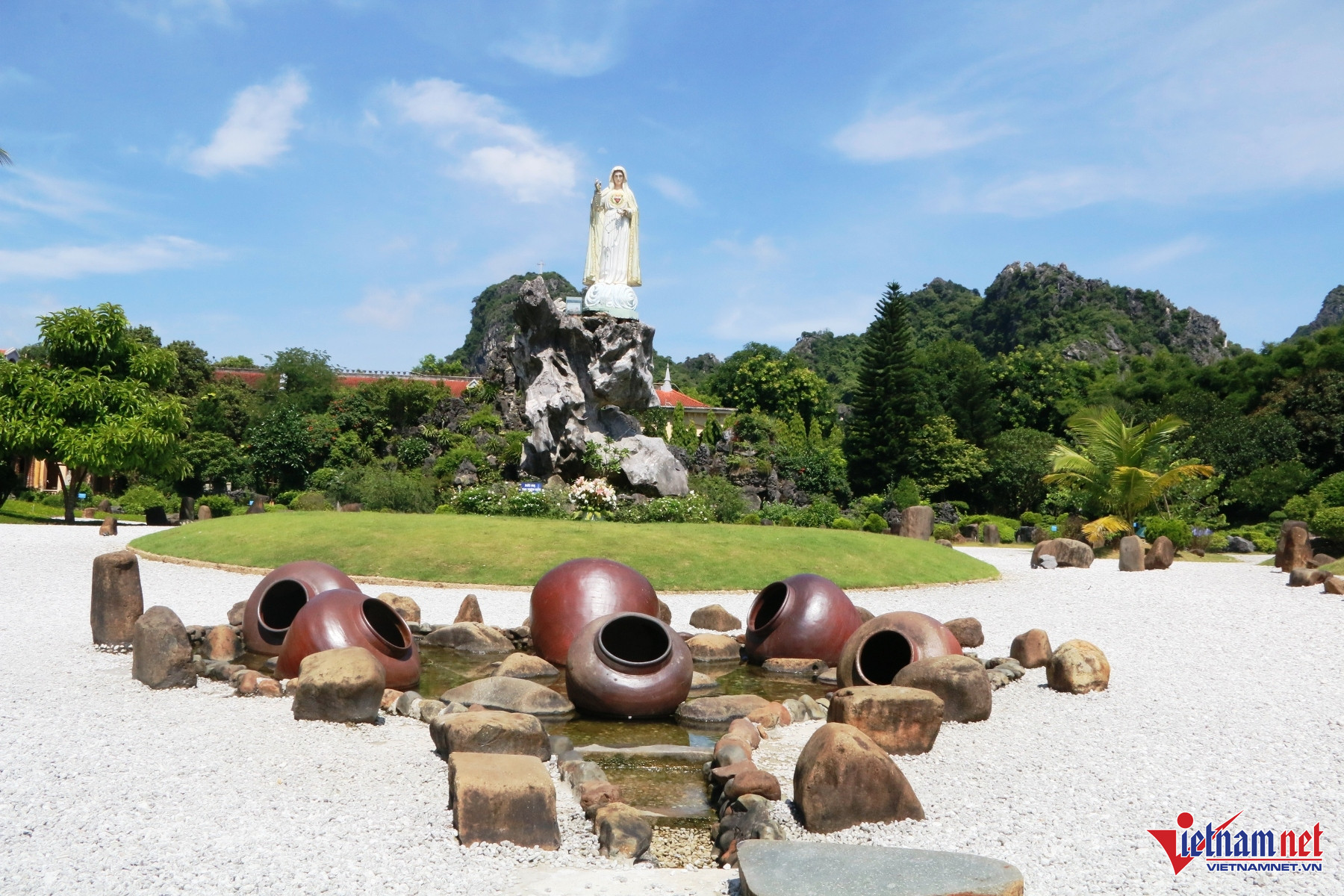
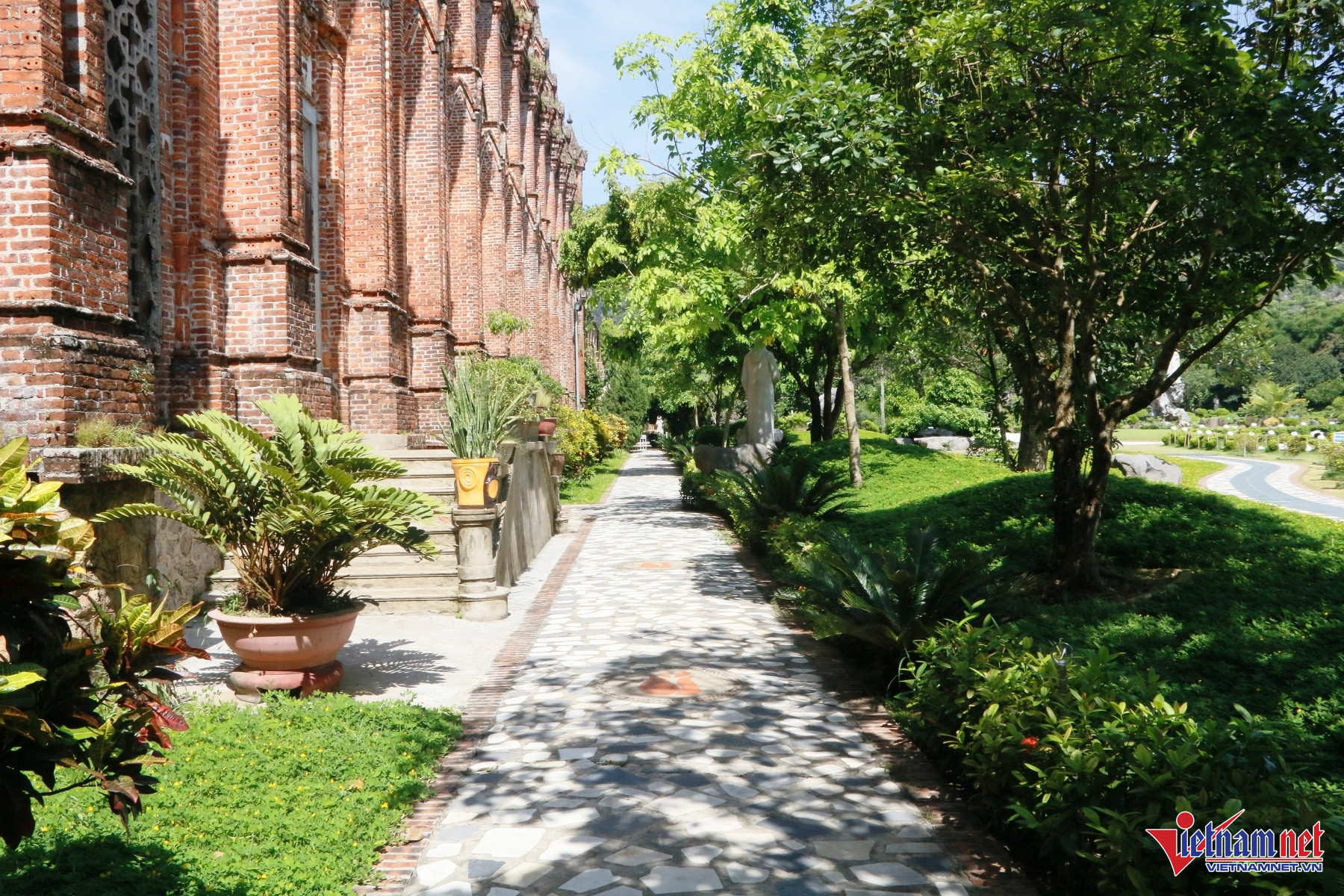
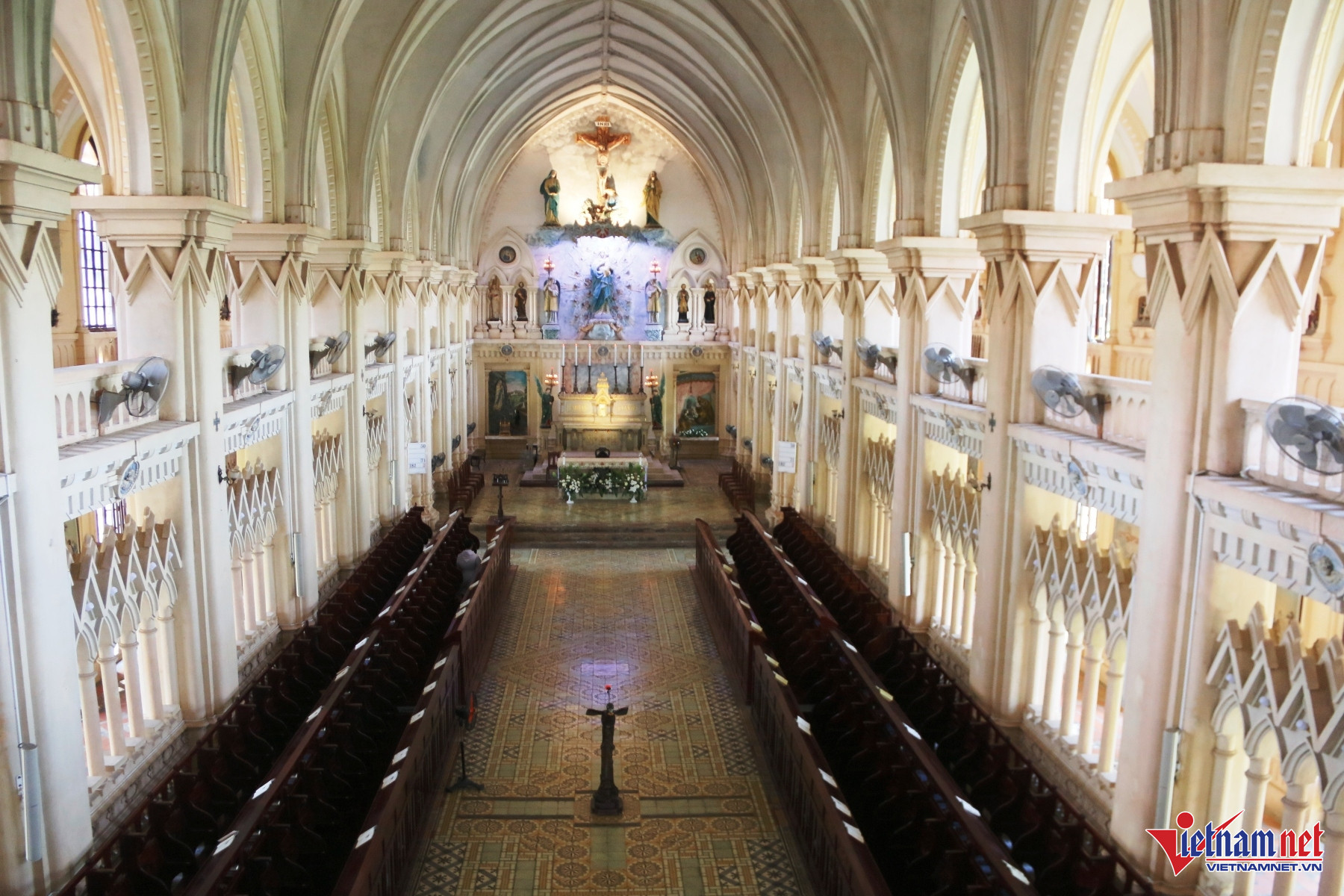
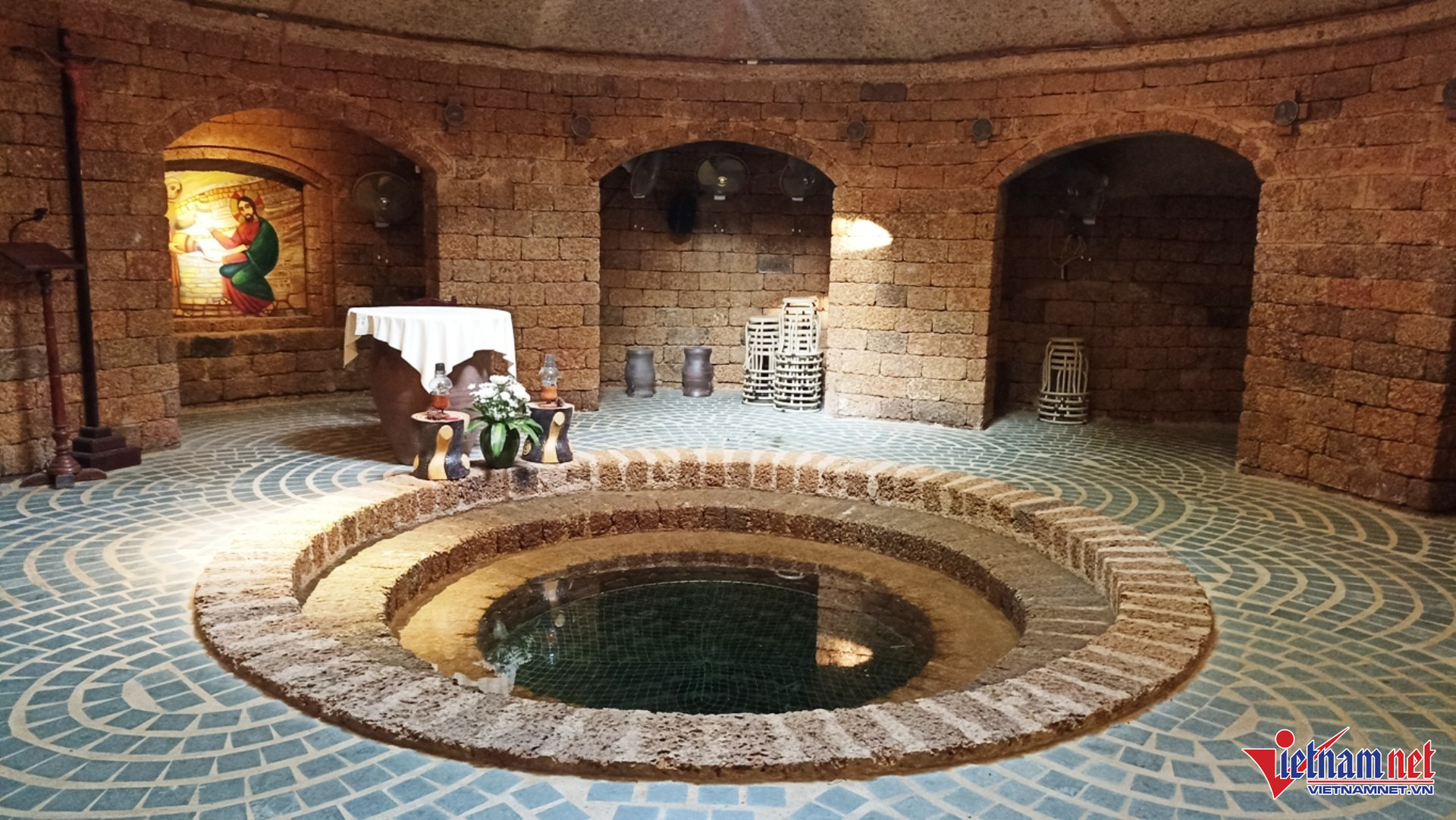
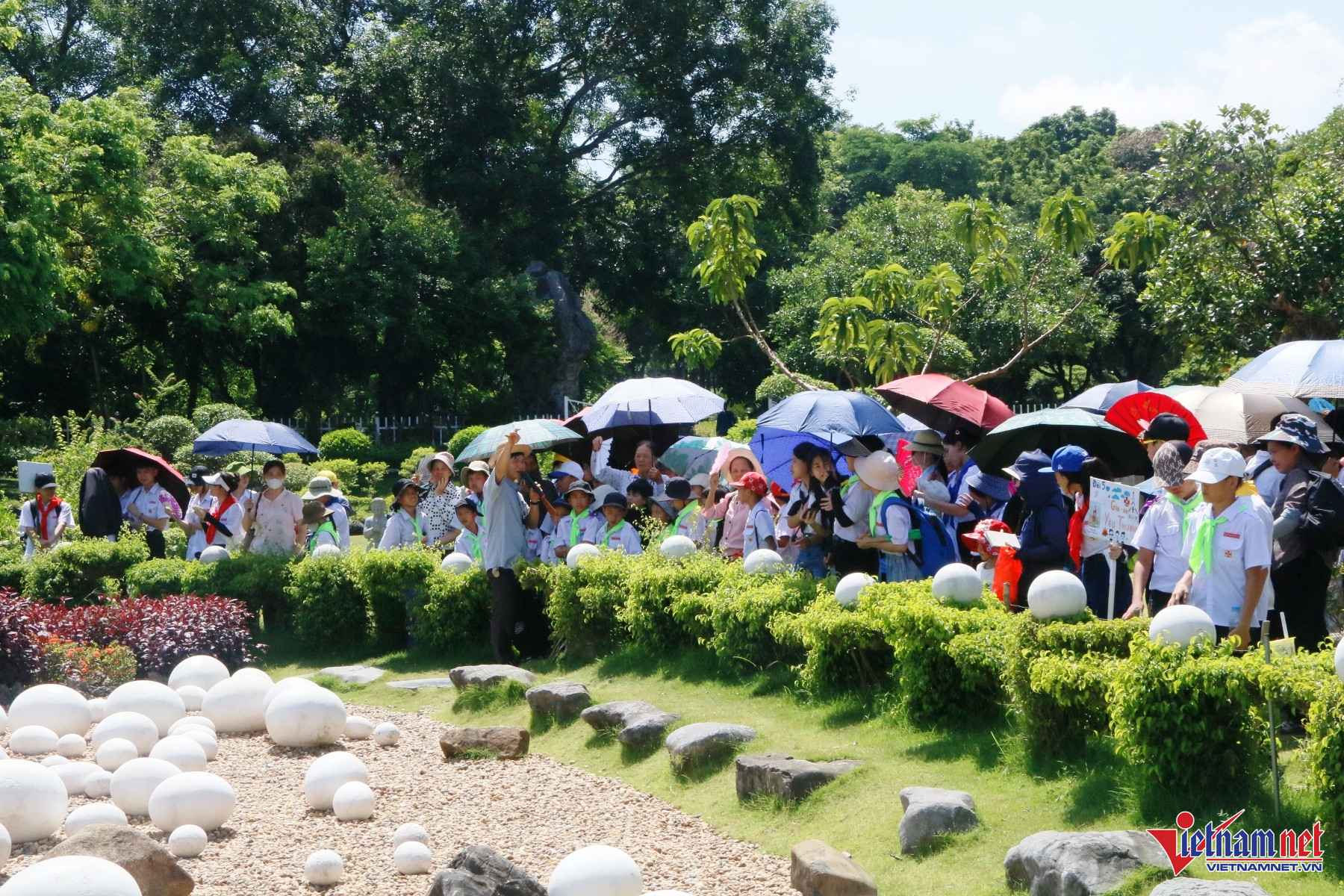
The monastery is a destination for spiritual reflection and cultural exploration.
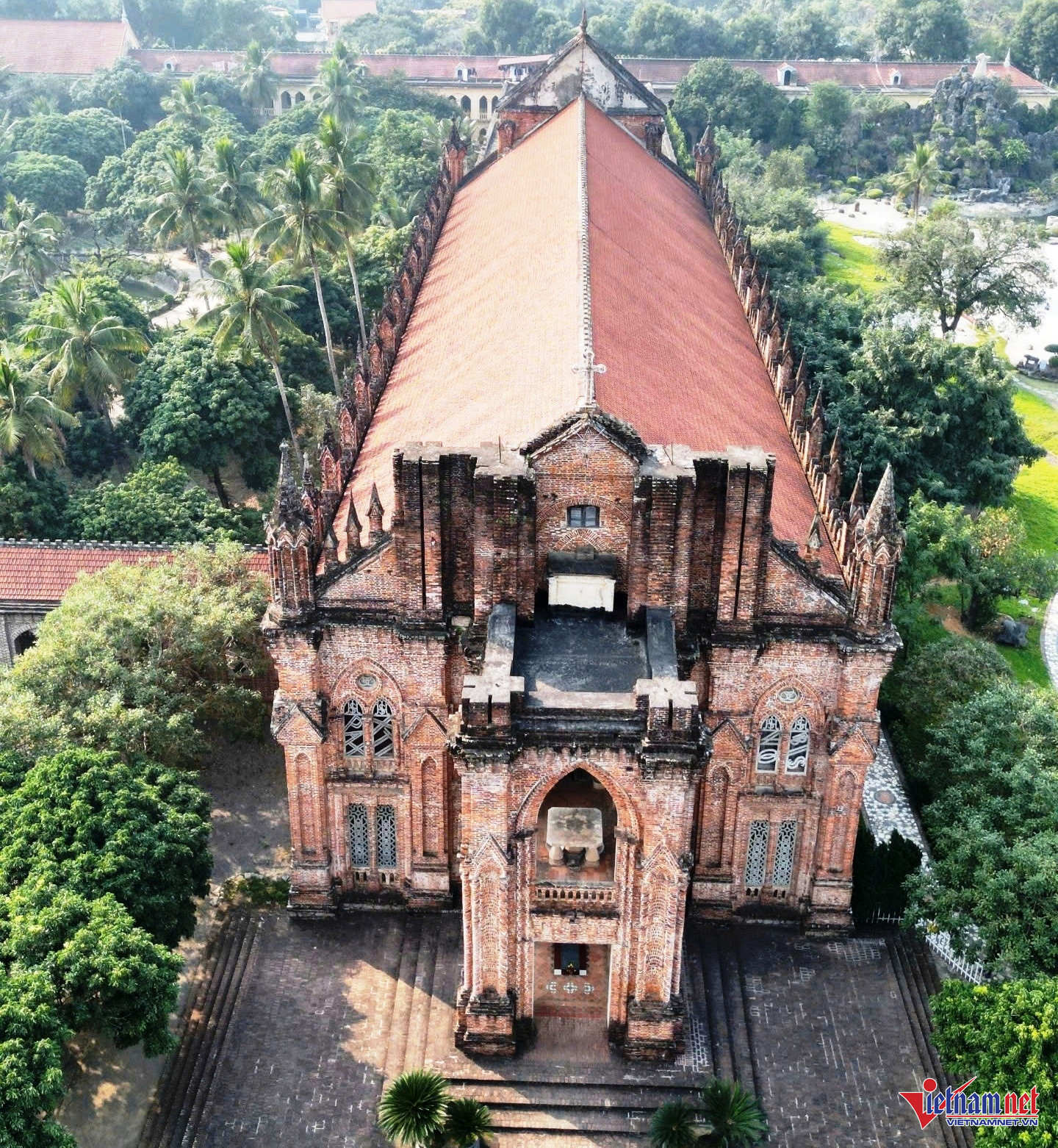
The monastery resembles a classic European castle in the heart of Ninh Binh.
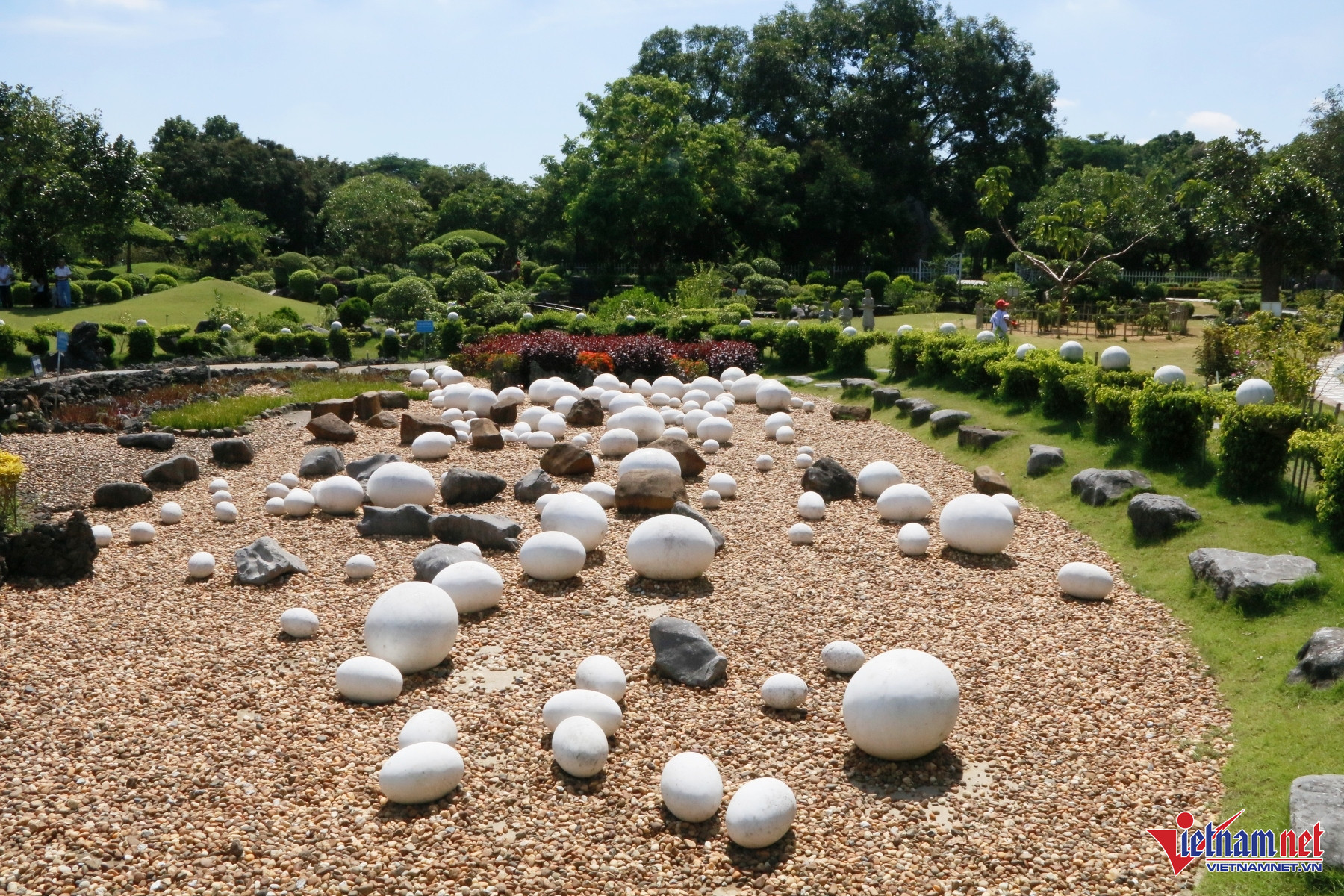
The 100 stone eggs in the garden symbolize the myth of Vietnam’s origin - 100 eggs birthing 100 children.
